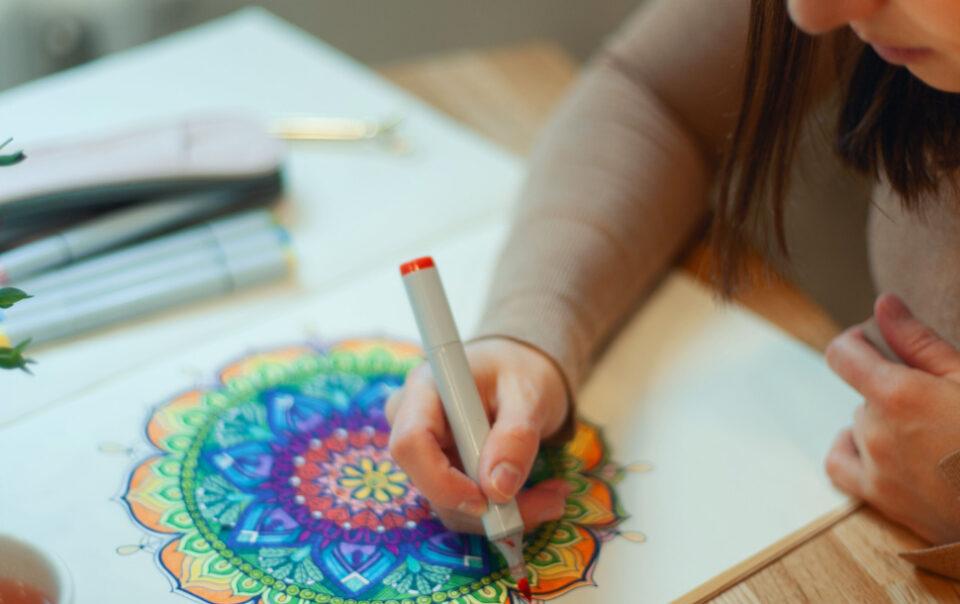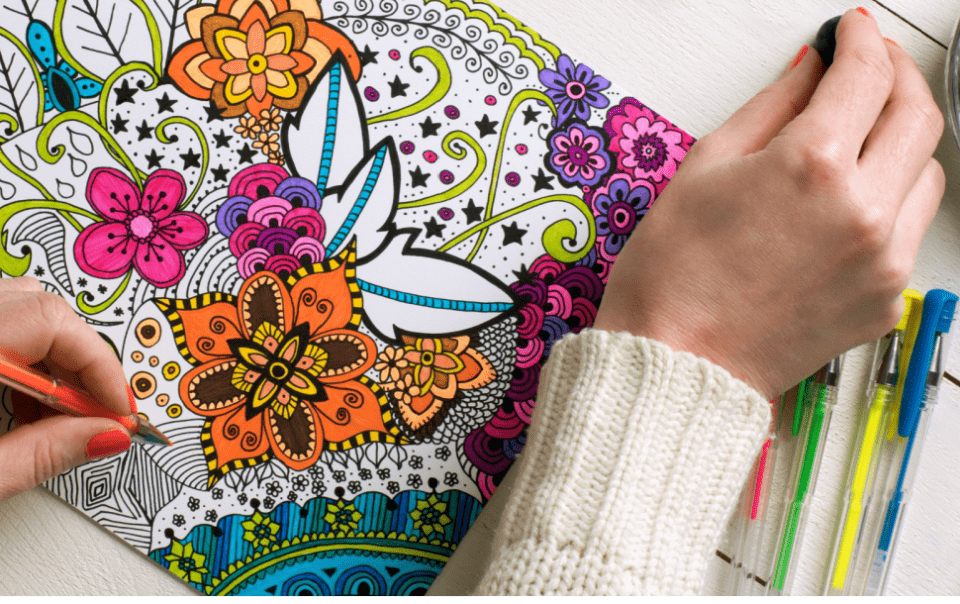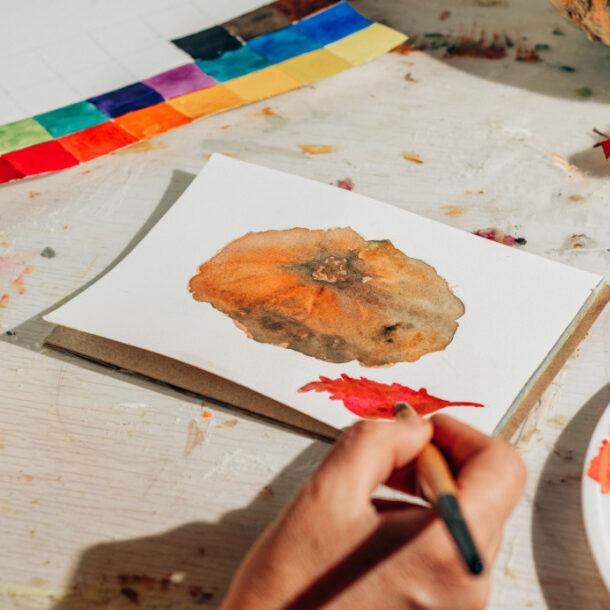
Different Types of Paper for Your Visual Journal
Visual journals are a popular medium for journalers, artists, designers, and writers to express their creativity and document their ideas. They can be used for a wide range of purposes, including sketching, drawing, painting, collage, and writing. One of the most important factors to consider when creating a visual journal is the type of paper used. In this blog post, we will explore the different kinds of paper used in visual journals, their properties, and the size of journals available.
First, let’s talk about weight. Paperweight is measured in grams per square meter (gsm), and it determines the thickness and sturdiness of the paper. For visual journals, the ideal weight range is between 90gsm and 160gsm. Anything less than 90gsm may be too thin and flimsy, while anything above 160gsm may be too thick and heavy to handle.
The most commonly used paper for visual journals is mixed media paper. Mixed media paper is a type of paper that is specially designed to handle a variety of media, including wet and dry media. It is a versatile and durable paper that can withstand multiple layers of paint, ink, and glue without bleeding through or warping.
Watercolor paper is another popular choice for visual journals. It is a heavyweight paper designed to handle watercolor paints and other wet media. Its unique texture allows the paint to be absorbed into the paper, creating a beautiful and natural-looking effect. However, it is important to note that watercolor paper is not suitable for other types of media, such as markers or pens, as they may bleed through.
Sketch paper is lightweight paper perfect for sketching and drawing. It is smooth and easy to work with, allowing you to create detailed and precise drawings. Sketch paper is also great for writing, as it is easy to write on and does not smudge. While it is too light to handle the layers of mixed media we use in visual journaling, it can be an excellent tool for capturing your journal ideas.
Bristol paper is a heavyweight paper that is often used for illustration and comic book art. It is smooth and sturdy, making it ideal for inking and coloring. Bristol paper is available in a range of weights, from 100gsm to 300gsm, allowing artists to choose the perfect paper for their needs. This paper tends to be too heavy for our visual journaling work, but it is another surface you may want to experiment with.
There are two main types of paper when it comes to texture: smooth and textured. Smooth paper is ideal for detailed drawings and precise lines, while textured paper is great for creating depth and dimension. Textured paper can also add an interesting visual element to a piece of artwork.
The color of the paper is also an important factor to consider. While most visual journals are made with white paper, colored papers are also available. Colored paper can add an interesting background to your journal, but it is important to choose a color that complements the media being used.
In addition to the type of paper, it is also important to consider the binding of the visual journal. Spiral-bound journals are great if you like to work on a flat surface, as they can be opened and laid flat. However, they may not be as sturdy as other types of bindings. On the other hand, hardcover journals are more durable and can be used for a long time.
When creating your spreads, consider the type of paper used in a visual journal. Mixed media paper, watercolor paper, sketch paper, and Bristol paper are all great options, each with unique properties. The paper’s weight, texture, and color, as well as the journal’s binding, should also be considered.
Another important factor to consider when creating a visual journal is its size. The journal size can affect the artwork’s overall feel and ease of use for the artist.
Smaller journals, such as pocket-sized journals, are great if you want to carry your journals with you wherever they go. They are also great for quick sketches and drawings on the go. However, they may need to provide more space for more complex pieces of artwork.
Larger journals, on the other hand, provide more space for larger and more complex pieces of artwork. They are great for those who like to work with a variety of media and want to experiment with different techniques. However, larger journals may not be as portable as smaller ones.
When choosing the size of the journal, it is important to consider its intended use and the portability level required. Whether big or small, a visual journal can be a valuable tool for artists to express their creativity and document their ideas.
Ultimately, the type of paper and size of the visual journal will depend on your personal preference and visual journaling projects. With the right paper and tools, you can create beautiful and meaningful spreads in your visual journals.
In my visual journaling practice, I used mixed-media journals that are either 9×12 or 6×8 and have white or off-white paper.
Are you looking for more inspiration? Check out our online classes here.

Hi! I'm Terri Altschul
Visual Journaling is a soulful, transformational, and healing process. My aim is to support your journey of individuation and personal growth through this unique process of self-inquiry + art materials. I look forward to meeting you!
Join my email list for inspiration and soul guidance.
We are delighted to invite you on a journey of self-discovery, personal growth, and creative expression where transformational coaching and captivating visual journaling converge!






